
Abandoned Desert Village
Brick by brick (part 1)
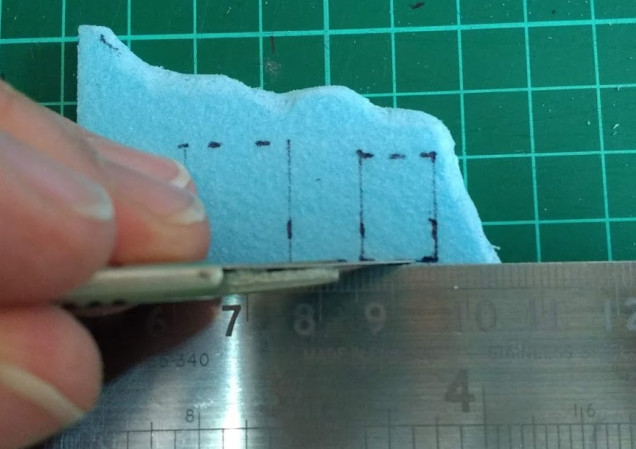 Then cut out the windows and doors. On some pieces, this may make the piece quite weak, so leave cutting out the door way until ready to assemble the pieces. For example, this picture below shows how narrow the door lintel will be; prime spot for the piece to snap if the handling gets a bit clumsy.
Then cut out the windows and doors. On some pieces, this may make the piece quite weak, so leave cutting out the door way until ready to assemble the pieces. For example, this picture below shows how narrow the door lintel will be; prime spot for the piece to snap if the handling gets a bit clumsy.One important thing to consider; Styrofoam, card and paper eats the edge off a blade. Make sure you have plenty of spare blades for your knife. You can feel the blade start to drag and the foam or card starts to tear as the blade loses its edge. Don’t try to persevere with a blunt blade, it’ll only get worse.
For making the long cuts, I like to use a larger, heavy knife, like a Stanley knife, and for the detail work I use a scalpel with a narrow blade. When cutting thicker materials the blade can wander off the vertical and leave a bevelled edge to the cut, to try and minimise this I try to look straight down over the knife and the piece I’m cutting to keep the blade as close to vertical as I can.
Keeping the blade cutting angle shallow to the piece can help to minimise dragging/tearing of the material.
Once you have the ruler in position on the piece you want to cut, keep a firm pressure on the ruler to stop it sliding as you cut and keep a slight side ways pressure on the knife to keep it running along the edge of the ruler. I always try to lay the ruler over the piece of material I want to keep, so if the blade does wander it goes off into the off-cut and doesn’t damage the piece I want. A steel ruler is a must for cutting and always make sure the tips of your fingers don’t hang over the edge of the ruler, making offerings to the Blood God can slow down the work rate…









































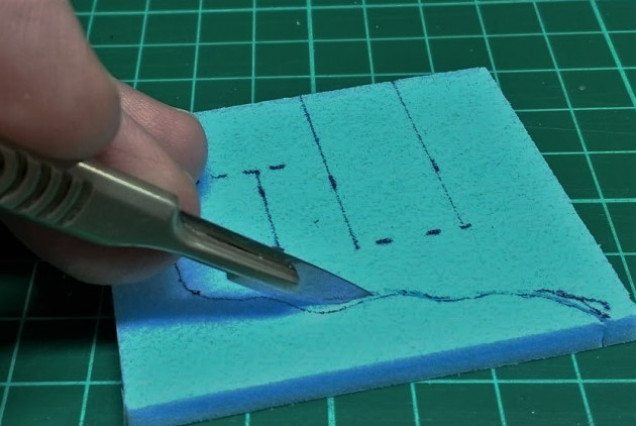
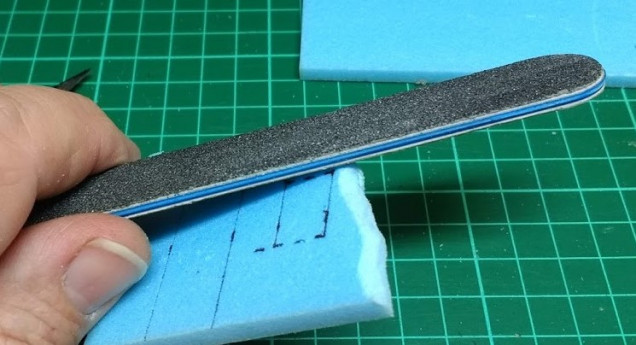
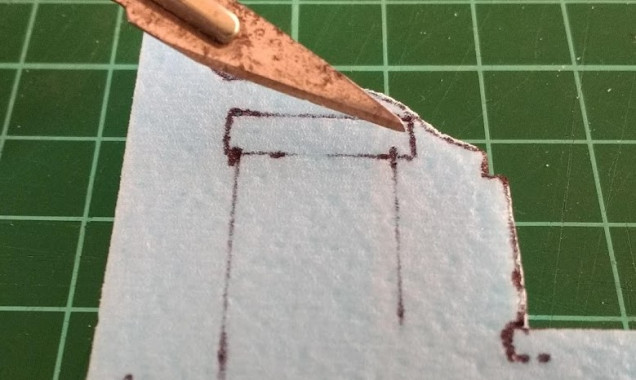
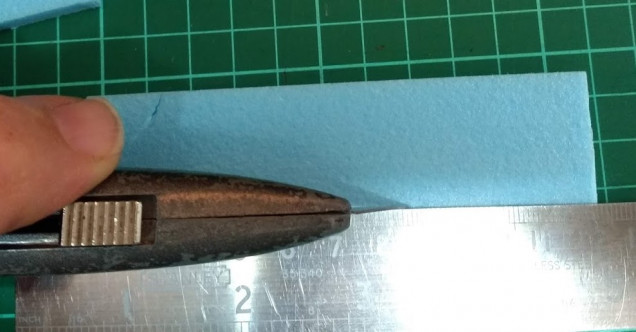








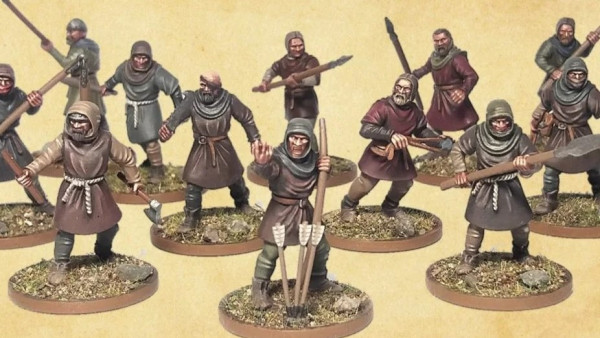




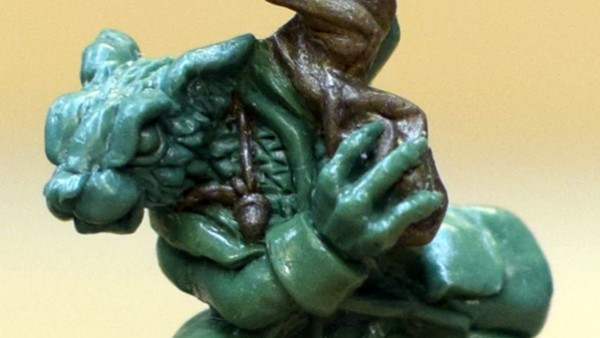










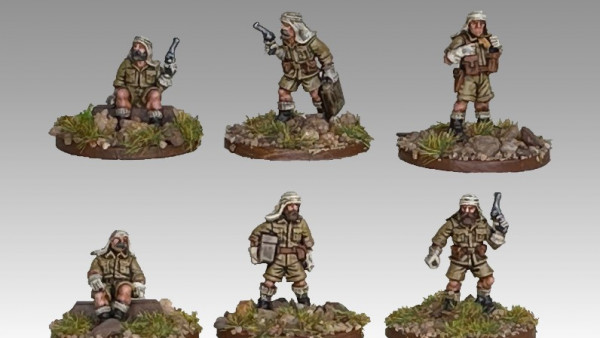
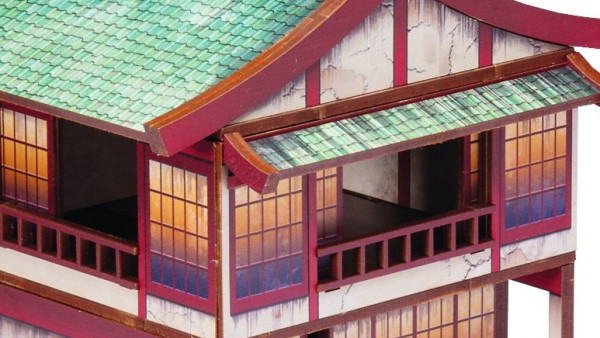







Leave a Reply